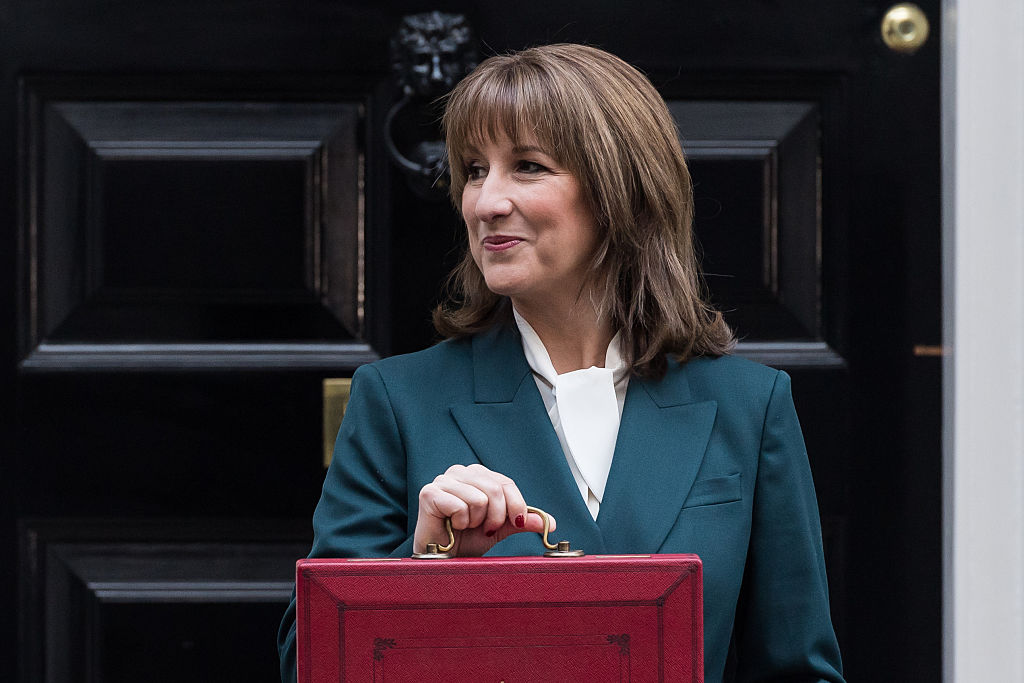Investors are taking expensive risks for little or no return
Investors are paying through the nose for risky assets that offer little in the way of returns. But there are some bargains about, says Merryn Somerset Webb.


If you go down to the Portland Gallery today, don't bother taking your wallet. The London-based gallery is about to launch an exhibition of utterly charming paintings by the talented Gary Bunt and you are not going to be allowed to buy one. Even if you get there first.
Bunt is so insanely popular that to buy one of his paintings you first have to persuade the Portland to put you on their Bunt "preview list". This privilege is afforded to only a "small percentage" of those who express an interest in buying. But getting on the list doesn't actually give you the right to buy a painting. It just allows you to let the gallery know which paintings you might like. You then go into a ballot for each one.
If your name is drawn you may go to the gallery, view the painting and buy it. The process will cost you anything from £3-£23,000. (There are 75 paintings, so Mr Bunt will be having a very happy Christmas.)
MoneyWeek
Subscribe to MoneyWeek today and get your first six magazine issues absolutely FREE

Sign up to Money Morning
Don't miss the latest investment and personal finances news, market analysis, plus money-saving tips with our free twice-daily newsletter
Don't miss the latest investment and personal finances news, market analysis, plus money-saving tips with our free twice-daily newsletter
There you have it. A Bunt. It is speculative. It is rationed. It is more popular than anyone might reasonably expect, given the uncertainty over its long-term value. (I have never heard of this kind of art ballot system before.) And to buy it you have to jump through a series of mildly tricky hoops. Add it all up and you have what might be the perfect symbol of our investing times. The bitcoin of the art world, perhaps.
The markets of 2017 are odd places. It is perfectly reasonable to invest in assets that promise you no return now but the chance of a huge pay-off in the future. It isn't particularly reasonable to pay very high prices for that chance after all, the future is a risky place. But look at the prices people pay today and it seems that not everyone agrees that the future is fraught with risk. Far from it.
To pay the prices they pay for many tech companies they must reckon that the profits they are promised, ten, 15 and 20 years out, are not a forecast but a dead cert. To scramble to buy digital assets clearly in hyper-inflation mode, they must assume that demand for those currencies will keep growing very quickly and that the supply will not do the same. To go through the rigmarole of a ballot to buy a picture they must have allowed themselves to be convinced that its long-term value is not in doubt. To fight to get their hands on bonds that will lose them cash in real terms every year they must believe that the risk of rising interest rates is negligible or that political risk has disappeared.
This month, the water group Veolia issued a €500m bond on a negative yield of 0.026%. You effectively have to pay to own it. It was four times oversubscribed. Less popular than a Bunt, perhaps, but at least his gallery doesn't force you to confront any cash losses you might make on the deal up front. You can see a similar dynamic in the fact that Oxford University is about to launch a 100-year bond; and that Anglian Water managed to issue an eight-year "green bond" in the UK in August paying 1.625% (the UK Consumer Prices Index is 3%).
The question is whether we are underplaying the risks inherent in the future with the prices we are paying for all these assets. We probably are. Here's a short list of things to worry about.
For tech companies there is competition; there is rising regulation; there is the usual state dislike of monopolies; and there is the threat of nasty new tax regimes. For bitcoin, there is regulation and confidence. For all art there is the lesson of history: value is a function of taste and fashion both fickle things. And for every bond on a negative real yield there is inflation and the fact that the rate cycle is surely turning.
As the analysts at Gavekal note, most inflation indicators are now rising, not falling and everything from the oil price to copper and freight is "breaking on the upside". That means there is more risk to interest rates than the bizarre sight of four investors fighting for each euro of negative-yielding bonds from a triple B-rated company (Veolia) might suggest. At some point today's investors are going to suddenly see all this. It won't end well it never does.
The good news here is that in the rush to buy assets that might not pay out in the future, investors have been rather neglecting some that are proving their worth already. The UK, says Pictet Asset Management's Luca Paolini, is the cheapest developed equity market there is; it also has the cheapest currency and is distinctly unpopular with investors. Perhaps while they see too little risk in the future for tech and inflation, they see too much in Brexit and the possibility of a Jeremy Corbyn government?
Either way, anyone holding a few bitcoins who isn't planning on spending them directly might want to swap them for real money and roll them into a diversified UK equity fund.
You could of course also beg to go on the list for a punt on a Bunt. Just remember that however nice the art and however nice it would be to be on the list, frantic demand is hard to maintain. The Portland also sells Vettrianos. And if you do decide to bring your wallet to the gallery you can certainly have one of those: there are nine for sale and several more coming up at the next Lyon & Turnbull auction in Edinburgh if they don't quite suit.
This article was first published in the Financial Times
Get the latest financial news, insights and expert analysis from our award-winning MoneyWeek team, to help you understand what really matters when it comes to your finances.
Merryn Somerset Webb started her career in Tokyo at public broadcaster NHK before becoming a Japanese equity broker at what was then Warburgs. She went on to work at SBC and UBS without moving from her desk in Kamiyacho (it was the age of mergers).
After five years in Japan she returned to work in the UK at Paribas. This soon became BNP Paribas. Again, no desk move was required. On leaving the City, Merryn helped The Week magazine with its City pages before becoming the launch editor of MoneyWeek in 2000 and taking on columns first in the Sunday Times and then in 2009 in the Financial Times
Twenty years on, MoneyWeek is the best-selling financial magazine in the UK. Merryn was its Editor in Chief until 2022. She is now a senior columnist at Bloomberg and host of the Merryn Talks Money podcast - but still writes for Moneyweek monthly.
Merryn is also is a non executive director of two investment trusts – BlackRock Throgmorton, and the Murray Income Investment Trust.
-
 London claims victory in the Brexit wars
London claims victory in the Brexit warsOpinion JPMorgan Chase's decision to build a new headquarters in London is a huge vote of confidence and a sign that the City will remain Europe's key financial hub
-
 Rachel Reeves's Autumn Budget: What it means for the UK
Rachel Reeves's Autumn Budget: What it means for the UKOpinion A directionless and floundering government has ducked the hard choices at the Autumn Budget, says Simon Wilson
